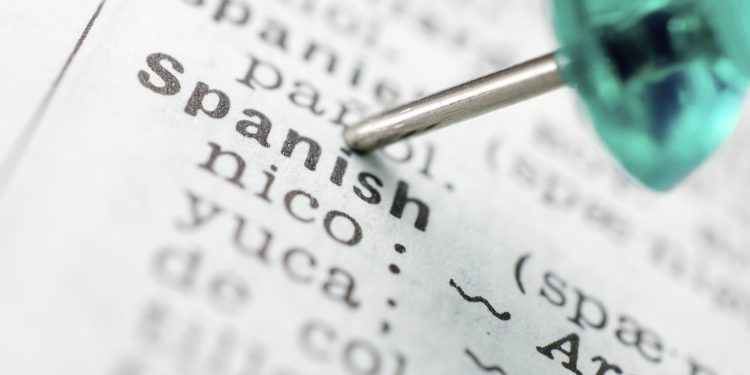Most Spanish accents are to indicate which syllable should be stressed in pronouncing a word. When the pronunciation deviates from the natural spoken stress, the syllable to be stressed is accented.
Natural stress in Spanish
There are only two rules for natural stress:
- If a word ends in a vowel, n, or s, the natural spoken stress goes on the second from last syllable: camino (path or road), libros (books), entienden (they understand)
- If a word ends in a consonant other than n or s, the spoken stress falls on the last syllable: español (Spanish), cerrar (to close), ciudad (city).
Stressed syllables in Spanish
Words that don’t follow these two rules have a written accent on the stressed syllable, for example:
- habló (he/she spoke);
- rápido (fast);
- cajón (drawer);
- inglés (English); and
in the case of words ending in a consonant other than n or s:
- lápiz (pencil);
- árbol (tree).
As a consequence of these two rules, any words stressed on the third from last syllable or an even earlier syllable have a written accent:
- cámara (camera);
- teléfono (telephone);
- rápidamente (quickly).
Other reasons for using accents in Spanish
There are also some other reasons for using accents.
To convey meaning
One is to differentiate when the same word has several meanings, for example el (the, masc.) and él (he/him); mas (but) and más (more); tu (your) and tú (you).
Questions and exclamations
Words such as qué (what), cuándo (when), cómo (how), dónde (where), quién (who), cuánto (how much) take an accent when used to form a question or an exclamation:
- ¿cuánto cuesta? (how much does it cost?);
- ¿dónde vives? (where do you live?);
- ¡qué diversión! (what fun!); but,
- háblame cuando llegues (call me when your arrive) and ella no es como tú (she’s not like you), don’t take accents on those words.
Splitting weak vowels
Another use of accents is to split up weak vowels (i, u) from strong vowels (a, e, o) to make a separate syllable.
When two strong vowels follow one another, each vowel is a separate syllable. Caoba (mahogany) pronounced “cah-oh’-bah.”
When a weak vowel is next to a strong vowel, they form a single syllable, with the strong vowel pronounced: bai-lar (dance), cau-ti-vo (captive).
To separate a weak vowel into its own syllable, it takes an accent: día (day) is pronounced “dee’-ah”, or púa (barb) “poo’ah.”
Mexico in your inbox
Our free newsletter about Mexico brings you a monthly round-up of recently published stories and opportunities, as well as gems from our archives.



